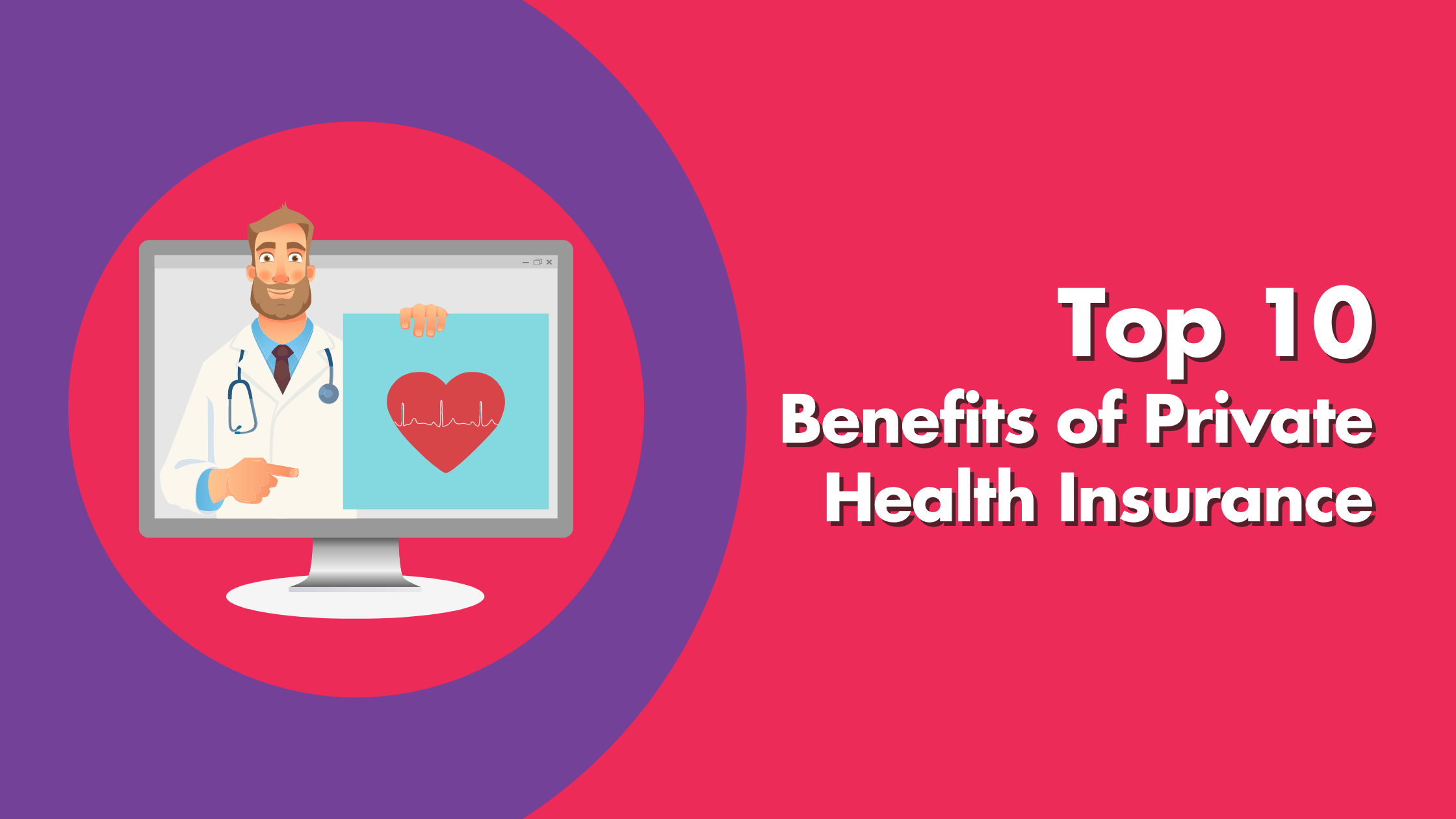About Medicare Advantage Agent
Table of ContentsThe Ultimate Guide To Medicare Advantage AgentGet This Report about Medicare Advantage AgentFacts About Medicare Advantage Agent Uncovered


follows from adheres to the puzzling young fairly profile of the uninsured with the better health, health and wellness average, of younger persons. For those without access to work environment health insurance, inadequate health and wellness is a potential barrier to buying nongroup insurance coverage due to the fact that such insurance coverage might be very valued, leave out pre-existing problems, or be just inaccessible. Unless or else noted, national quotes of individuals without health and wellness insurance policy and percentages of the populace with different kinds of coverage are based on the CPS, the most widely made use of resource of quotes of insurance coverage and uninsurance prices.

Unknown Facts About Medicare Advantage Agent
Over a three-year duration starting early in 1993, 72 million people, 29 percent of the united state populace, were without insurance coverage for a minimum of one month. Within a solitary year(1994), 53 million people experienced at the very least a month without protection(Bennefield, 1998a). Six out of every ten without insurance adults are themselves used. Although working does improve the chance that a person and one's relative will certainly have insurance coverage, it is not a guarantee. Also participants of families with two permanent wage earners have virtually a one-in-ten possibility of being uninsured (9.1 percent without insurance rate)(Hoffman and Pohl, 2000 ). The partnership in between wellness insurance policy and access to care is well established, as recorded later on in this chapter. Although the connection between health and wellness insurance policy and health outcomes is neither straight neither simple, an extensive professional and health services research study literature links medical insurance coverage
to enhanced accessibility to care, far better high quality, and enhanced personal and population wellness standing. The second record, on personal wellness end results for uninsured adults, is represented by the innermost circle of the figure, while the third report, on family health, incorporates the subjects of the 2nd report but highlights a various unit of evaluation, namely, the family. The 6th record in the collection will offer info concerning approaches and efforts carried out in your area, statewide, or across the country to deal with the lack of insurance and its adverse effects. Levels of evaluation for checking out the effects of uninsurance. This discussion of wellness insurance policy coverage concentrates primarily on the U.S. populace under age 65 since essentially all Americans 65 and older have Medicare or various other public coverage.
It focuses especially on those without any kind of wellness insurance policy for any type of size of time. The troubles faced by the underinsured are in some areas similar to those faced by the without insurance, although they are typically less severe. Uninsurance and underinsurance, nonetheless, involve distinctly various policy problems, and the strategies for resolving them may differ. Throughout this study and the 5 reports to comply with, the primary emphasis gets on persons with no wellness insurance policy and hence no help in paying for healthcare beyond what is readily available via charity and security internet establishments. Medical insurance is a powerful factor affecting invoice of care since both patients and doctors respond to the out-of-pocket price of services. Medical insurance, nonetheless, is neither necessary nor sufficient to access to medical services. The independent and direct result of health and wellness
insurance coverage protection access to health services solutions well established. Others will certainly get the healthcare they need even without wellness insurance coverage, by paying for it out of pocket or seeking it from companies that use treatment cost-free or at highly subsidized prices. For still others, medical insurance alone does not make certain invoice of treatment due to other nonfinancial obstacles, such as a lack of health care carriers in their neighborhood, limited access to transport, illiteracy, or linguistic and social differences. Formal research concerning uninsured populations in the United States dates to the late 1920s and early 1930s when the Board on the Price of Medical Care produced a collection of reports regarding funding doctor workplace gos to and hospital stays. This issue ended up being prominent as the varieties of clinically indigent climbed up during the Great Anxiety. Empirical studies continually support the link between access to care and enhanced wellness end results(Bindman et al., 1995; Starfield, 1995 ). Having a routine resource of treatment can be considered a forecaster of gain access to, as opposed to a straight procedure of it, when health and wellness results are themselves utilized as access signs. This expansion of the idea of accessibility measurement was made by the IOM Committee on Checking Accessibility to Personal Health And Wellness Treatment Provider(Millman, 1993, p. Whether moms and dads are guaranteed shows up to impact whether or not their children receive care along with just how much careeven if the youngsters themselves have coverage(Hanson, 1998). The health of parents can influence their ability to take care of their kids and the level of family stress. Bothering with their kids's access to care check my blog is itself a source of stress and anxiety for moms and dads. 3 phases comply with in this report. Chapter 2 offers a summary of how employment-based medical insurance, public programs and individual insurance coverage operate and interact to provide extensive yet insufficient insurance coverage of the united state populace. This consists of an evaluation of historic fads and public policies impacting both public and personal insurance policy, a discussion of the communications among the different sorts of insurance coverage, and an assessment of why individuals relocate from one program to another or finish up
